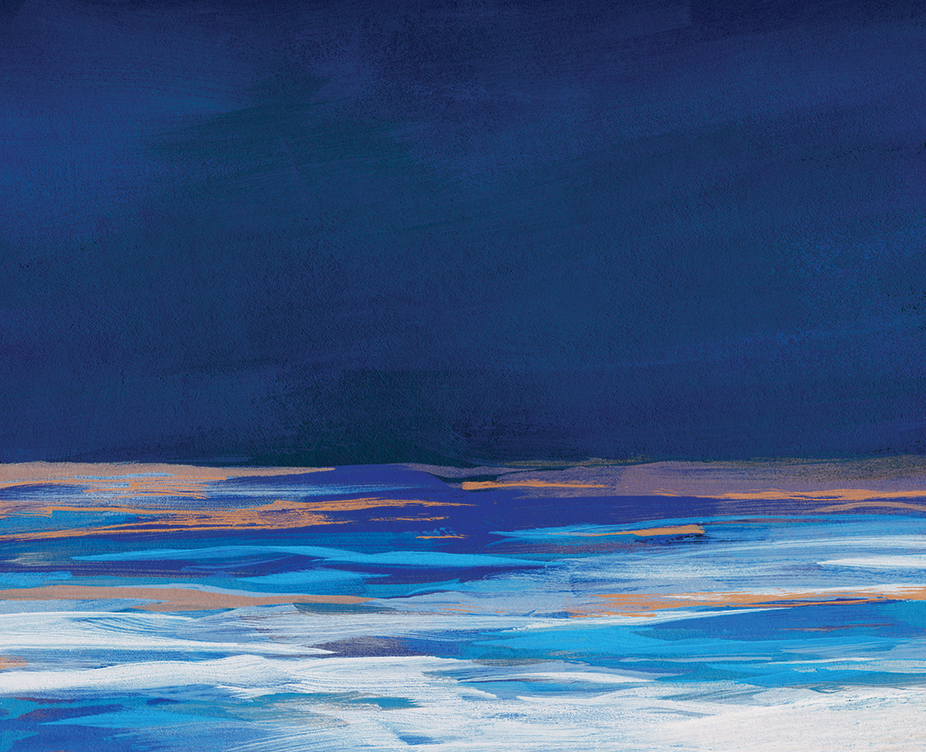About a year and a half after my marriage ended, I flew to Vancouver for a short vacation. On my way out of the house, on a whim, I grabbed my wedding ring from the back of the closet and tucked it in my wallet, amongst the loose change.
Then I hefted my baggage, and took myself to the airport.
That night in Vancouver, I stepped off a dock into a friend’s metal dinghy. The small craft propelled us across the water to the spot where he had left his boat anchored amidst thousands of reflected lights. We’d been friends so long we’d been at each other’s weddings. Now here we were on False Creek, both of us with our marital knots untied.
My friend told me that when his wife left, he bought this boat to live on. One night while he was away from the boat, the anchor dragged and — beached like a whale — the boat took on water and sank.
He took the wreck apart, plank by plank. Tore out what was irreparable and replaced it with what would serve. Curved the wooden ribs of the boat with steam, filled the hull with cement. He did the hard, slow work of restoration until — in place of a disaster — he had a boat again.
I sat with him on the stern of that boat, considering the metaphors. Anchors that drag and ones that hold. Knots you lie awake at night worrying over — the ones you tried to tie — that you are sure you did tie — but that didn’t hold.
Any good sailor will tell you not all knots are created equal, if you want a knot to hold you’d better attend to the way you tie it in the first place. But, for all that, there are factors beyond one’s control — salt, humidity, the friction of metal on rope, the shorn edges of things no one ever thought would end up jagged, or torn. Knot, that word for the speed at which a vessel travels over water, and a metaphor for a marriage — tying, tied, untied.
I fished through the change in my wallet for the ring I knew the feel of, by heart. With the slight waves, the lights in the water kept shifting, renegotiating the balance. I stood up, leaned on the railing and looked out.
